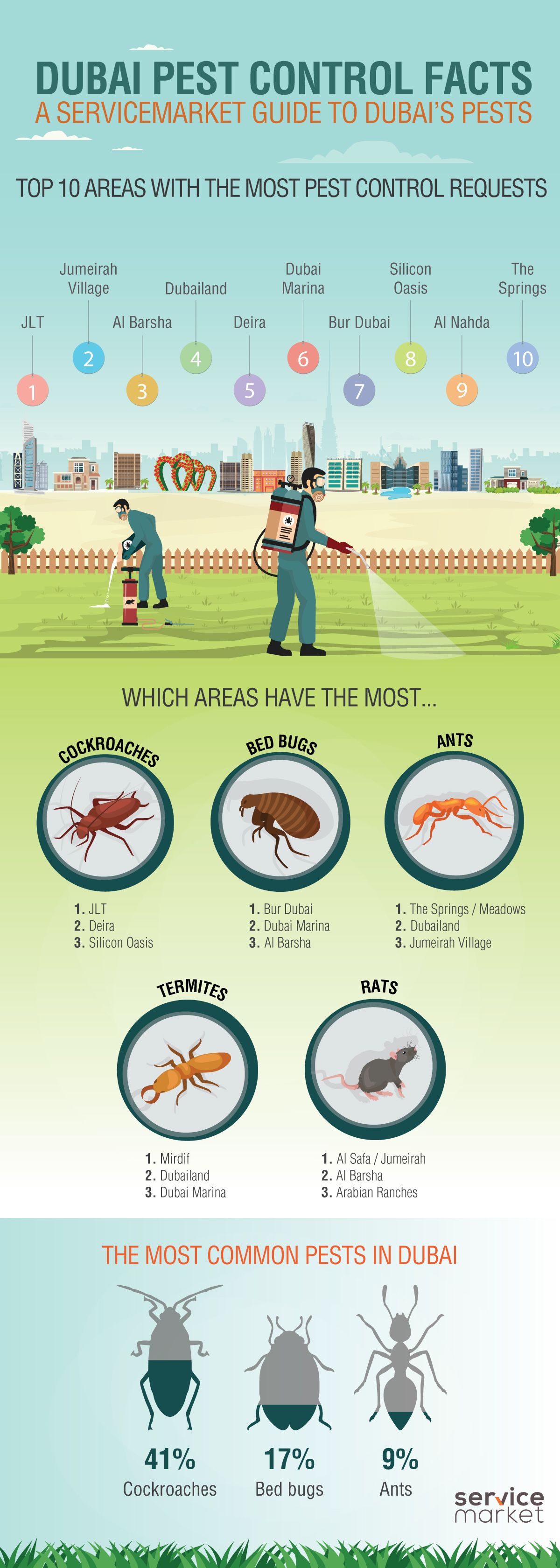Insights From Professionals On Rodent Habits For Effective Insect Control
Insights From Professionals On Rodent Habits For Effective Insect Control
Blog Article
Created By-Holgersen Albrektsen
Picture being able to prepare for the moves of your challengers in a game of chess, constantly remaining one step in advance.
Worldwide of insect control, comprehending rodent actions resembles having that tactical benefit. By obtaining specialist insights right into the nesting behaviors, feeding patterns, and communication and social actions of rodents, you can properly fight these pesky creatures.
But just how precisely do rodents behave, and why is it important to know? In this discussion, we will certainly untangle the enigmas of rodent actions, offering you with valuable expertise that will assist you remain in advance in the fight against pests.
Are you prepared to reveal the tricks of these shrewd animals?
Nesting Behaviors
To understand rodent habits and efficiently control bugs, it is essential to acquire understanding into their nesting habits.
Rodents, such as mice and rats, have an all-natural instinct to locate shelter and produce nests where they really feel secure and safe. These nests act as their homes, reproducing premises, and storage space areas for food. Comprehending their nesting practices can help you determine potential areas of invasion and execute targeted control procedures.
Rodents normally like nesting in dark, secluded rooms, such as attic rooms, basements, crawl spaces, and wall spaces. They utilize materials like shredded paper, textile, insulation, and even chewed-up electric wires to build their nests.
Feeding Patterns
Rodents exhibit unique feeding patterns that play a vital role in their habits and can educate reliable bug control methods. Recognizing these patterns is essential for applying successful bug control procedures.
Rats are opportunistic feeders, indicating they'll consume whatever food is readily offered. https://howtoremovetheratssouthpa30517.bloginder.com/26350205/evaluating-the-expenses-what-quantity-should-you-allocate-for-insect-control-services 've a preference for high-calorie foods such as grains, nuts, and seeds. This is why appropriate storage of food and waste management are critical in preventing rodent problems.
Furthermore, rats are nighttime, which suggests they're most active during the evening when they search for food. By knowing their feeding patterns, you can strategically put traps and lures to optimize their performance.
Keeping food sources inaccessible and keeping a clean atmosphere can aid prevent rodents and reduce the risk of infestation.
Communication and Social Behavior
Understanding just how rodents interact and communicate socially is crucial for reliable insect control strategies. Rodents, like computer mice and rats, have complex communication systems that they utilize to communicate information to each other and coordinate their tasks. Right here are 3 essential facets of rodent interaction and social behavior:
1. hop over to here : Rats produce a large range of vocal sounds, consisting of squeaks, chirps, and babbling, to communicate with each other. These vocalizations can communicate different messages, such as danger warnings or mating phone calls.
2. Scent marking: Rodents use scent glands to leave chemical signals on things and in their atmosphere. These scent marks act as territorial borders and communicate information regarding reproductive standing, prominence, and social association.
3. Social hierarchy: Rodents have a hierarchical social structure, with leading people having access to sources and preferred nesting websites. Comprehending this hierarchy is important for targeting insect control initiatives and recognizing essential individuals for elimination.
Conclusion
So, there you have it - a short peek right into the interesting globe of rodent actions. By comprehending their nesting habits, feeding patterns, and interaction, we can better tackle the concern of pest control.
Did you understand that a women mouse can create as much as 10 litters annually, with each clutter including around 5-6 puppies? This impressive fact highlights the importance of timely and reliable parasite monitoring to stop rodent populaces from spiraling out of hand.
